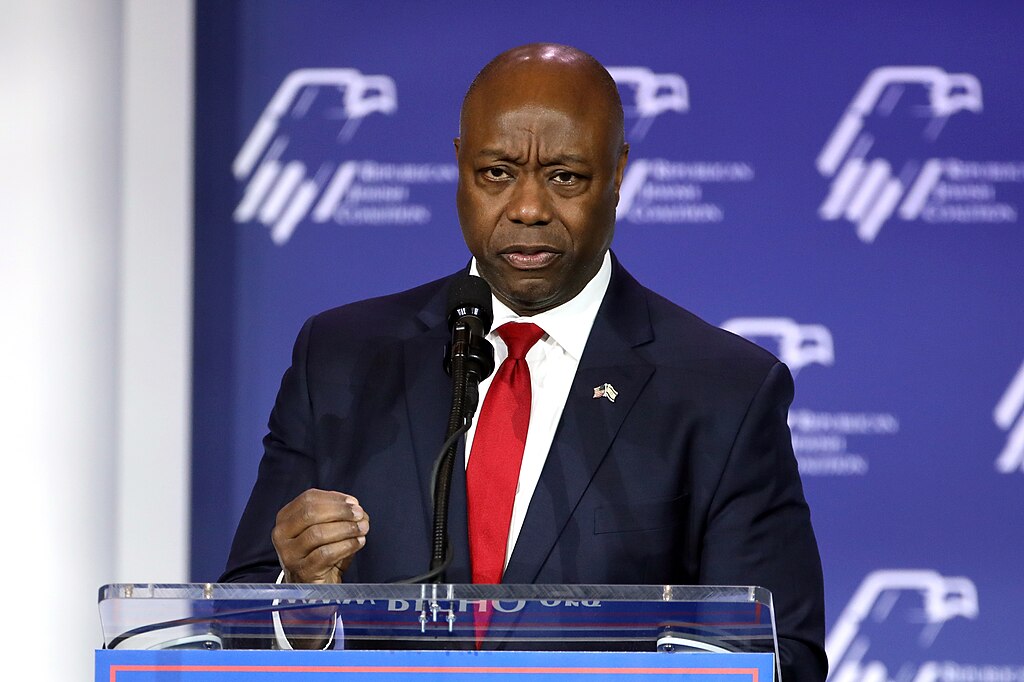Bitcoin's recent struggle around the $100,000 to $110,000 range has raised concerns about a potential double top pattern, which some analysts warn could lead to a steep correction. However, a crash similar to 2022 remains unlikely unless triggered by a major external shock, says Katalin Tischhauser, Head of Investment Research at Sygnum Bank.
Bitcoin has hovered in a narrow range for over 50 days, signaling exhaustion near its January peak. The formation of a double top—with two peaks near $110K and a low of $75K in April—has prompted veteran traders like Peter Brandt to flag bearish risks. A breakdown below $75K could theoretically send prices tumbling as low as $27K. Still, Tischhauser emphasizes that without a catalyst like the Terra or FTX collapses, a severe drawdown is improbable.
Unlike past bull runs driven by retail hype or DeFi narratives, the current rally is fueled by institutional inflows, particularly through spot Bitcoin ETFs. Since January 2024, these ETFs have pulled in over $48 billion. Additionally, corporate adoption continues to grow, with 141 public companies now holding more than 840,000 BTC.
Tischhauser highlights that institutional capital is long-term and sticky, offering stronger price support. These investors conduct extensive risk assessments, and once committed, they contribute to sustained demand. The inflow of capital is tightening market liquidity, which intensifies upward price pressure.
Moreover, she argues that the traditional four-year halving cycle may be less relevant now, as miner sales have a minimal impact on market supply. With only 0.05–0.1% of daily volume coming from newly mined BTC, institutional demand is a more significant driver of price trends.
Bitcoin remains in a bullish phase, but traders should monitor technical signals closely.



























Comment 0